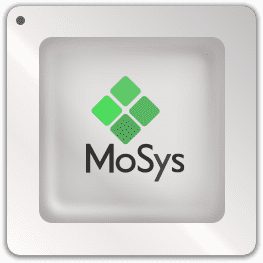The difference between the MLG and a standard gearbox based on IEEE 802.3ba is that rather than requiring all 10 lanes to be bonded as 10x10G with zero ppm offset, MLG allows independent 10Gb Ethernet links, separated by up to +/- 100ppm baud rate offset, to be multiplexed and demultiplexed onto a single 100G (4x25G) MLG link. This MLG link is very similar to a 4x25G 100Gb Ethernet link, but with different Alignment Markers. As physical interfaces on switching and packet processing ICs move to 25G PHY interfaces for performance and board density, the MLG function allows large scale systems built with these devices to support higher port counts of legacy 10GbE interfaces.
The MSH322 100G MLG Gearbox device performs all alignment marker insertion and awareness, idle insertion and deletion for clock rate matching, and data alignment required by the OIF MLG standard. The MSH322 also supports IEEE802.3ba standard gearbox function (CAUI-10 to CAUI-4) and optional 4x25G Retimer function.
The devices support IEEE 10G, 25G and 100G interface standards and OIF-CEI-3.0 10/11G and 25/28G specifications. It supports on-chip PRBS generation and error checking.
